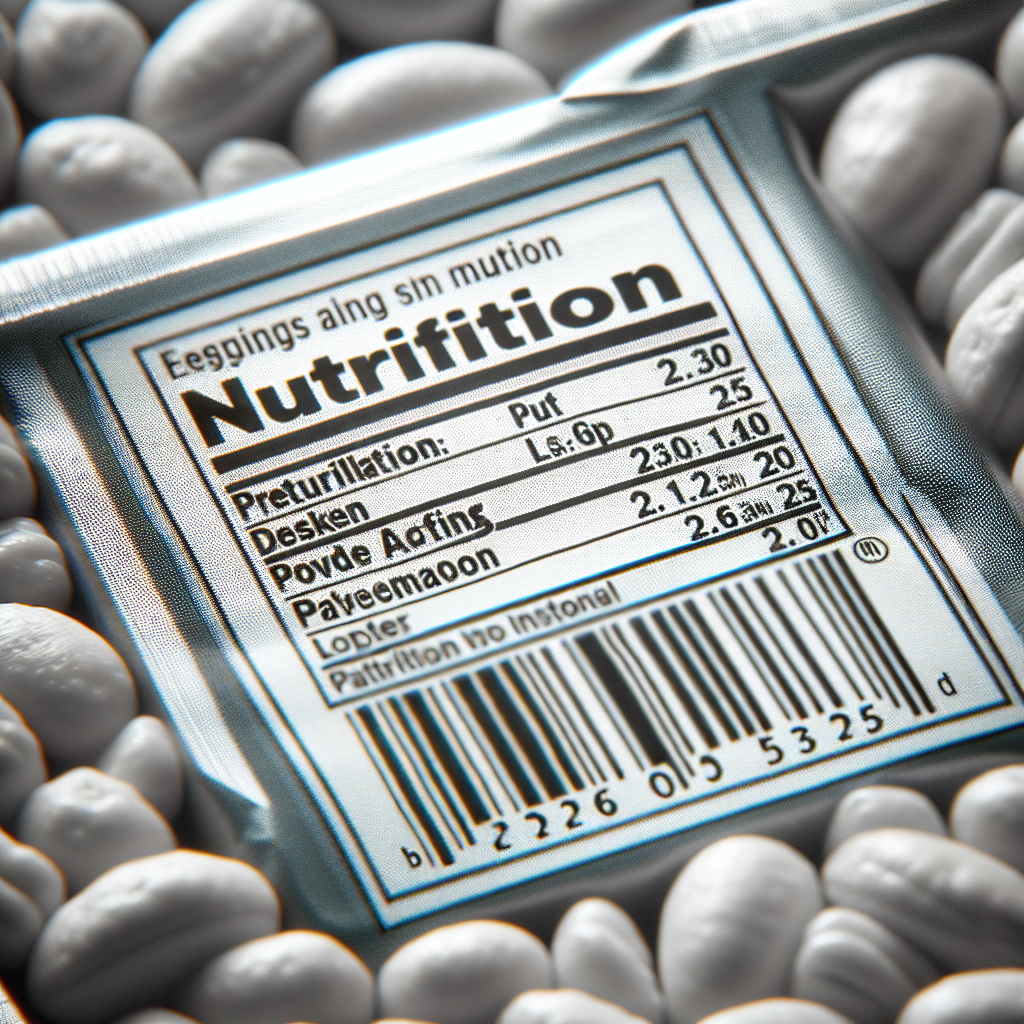Reading Between the Lines: Unraveling Nutritional Labels
Deciphering food labels can be a daunting task, especially when trying to make sense of the nutritional information. Reading between the lines of these labels is crucial for understanding the true nutritional value of the product. As consumers, we often find ourselves staring at a bewildering array of numbers and percentages, wondering what it all means. However, with a little know-how, it’s possible to unravel the complexities and make informed choices about what we eat.
One of the key aspects of decoding food labels is understanding the serving size. This is the starting point for interpreting the rest of the information on the label. Many people overlook the serving size and end up consuming far more calories, fat, and other nutrients than they realize. Paying attention to this detail can make a significant difference in managing overall intake.
Another crucial element is grasping the different types of fats listed on the label. While fats are often demonized, not all fats are created equal. Learning to distinguish between unsaturated fats (such as monounsaturated and polyunsaturated fats) and saturated fats can help in making healthier choices. Additionally, being aware of trans fats, which are harmful to health, is essential for avoiding products that contain them.
Furthermore, understanding the sugar content is vital in today’s nutritional landscape. With various names for sugar hiding in ingredient lists, it’s important to recognize these aliases. Keeping an eye out for terms like high fructose corn syrup, maltose, dextrose, and others can help in identifying products with excessive added sugars.
Decoding food labels is not just about focusing on the macronutrients; it also involves paying attention to the micronutrients. The vitamins and minerals listed on the label play a crucial role in ensuring a well-balanced diet. Being familiar with the Recommended Daily Allowances (RDAs) for these nutrients can aid in making informed decisions about the nutritional value of a product.
In conclusion, unraveling nutritional labels requires a bit of effort and an understanding of the intricacies involved. By honing the skill of reading between the lines of food labels, consumers can empower themselves to make healthier and more informed food choices.
Crack the Code: Demystifying Food Packaging
When it comes to making informed food choices, understanding how to decode food labels and nutritional information is essential. Deciphering the information presented on food packaging can be a complex task, but it is crucial for managing a healthy diet. By demystifying food packaging, consumers can gain a clearer understanding of the nutritional content of the products they consume.
Deciphering Nutrition Labels: Making Informed Choices
Deciphering nutrition labels is essential for making informed choices about the foods we consume. Understanding the nutritional information on food labels empowers consumers to make healthier decisions regarding their diet. One crucial aspect of decoding food labels is comprehending the serving sizes. Many times, the listed nutritional values are based on a specific portion size, and it’s important to adjust these values according to the amount actually consumed.
Another key factor to consider is the list of ingredients. Being aware of what ingredients are present in a product can help individuals avoid allergens or unwanted additives. Furthermore, paying attention to the order of ingredients can provide insight into the relative quantity of each component in the food item.
Moreover, interpreting the daily values and percentages on nutrition labels can aid in assessing the overall nutritional content of the product. For instance, understanding that a daily value of 5% or less is considered low, while 20% or more is high, can guide consumers in evaluating the nutritional significance of various nutrients listed.
In conclusion, decoding food labels is a fundamental skill in making informed choices about the food we consume. By understanding serving sizes, ingredients, and daily values, individuals can navigate nutrition labels effectively, ultimately promoting healthier eating habits.
